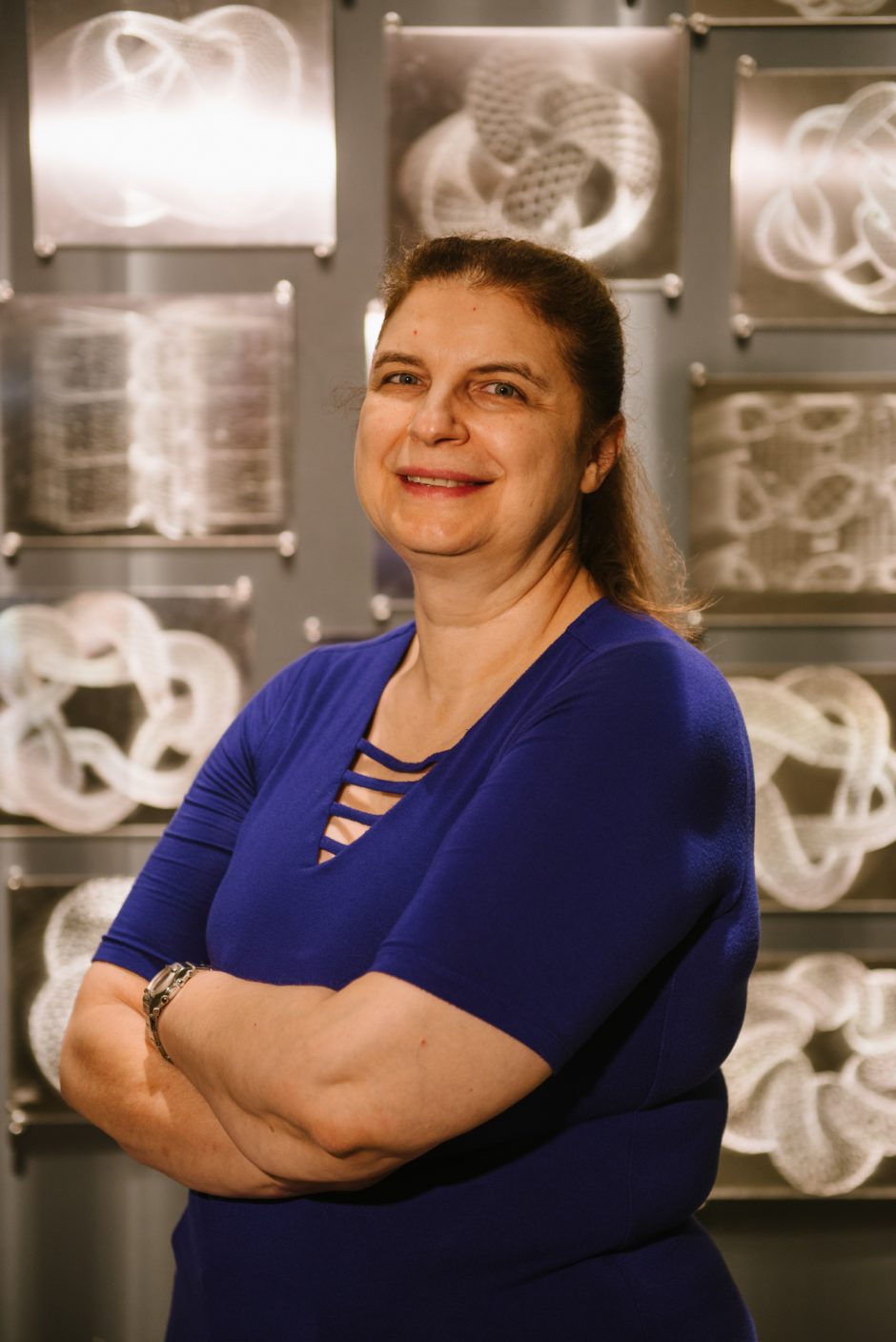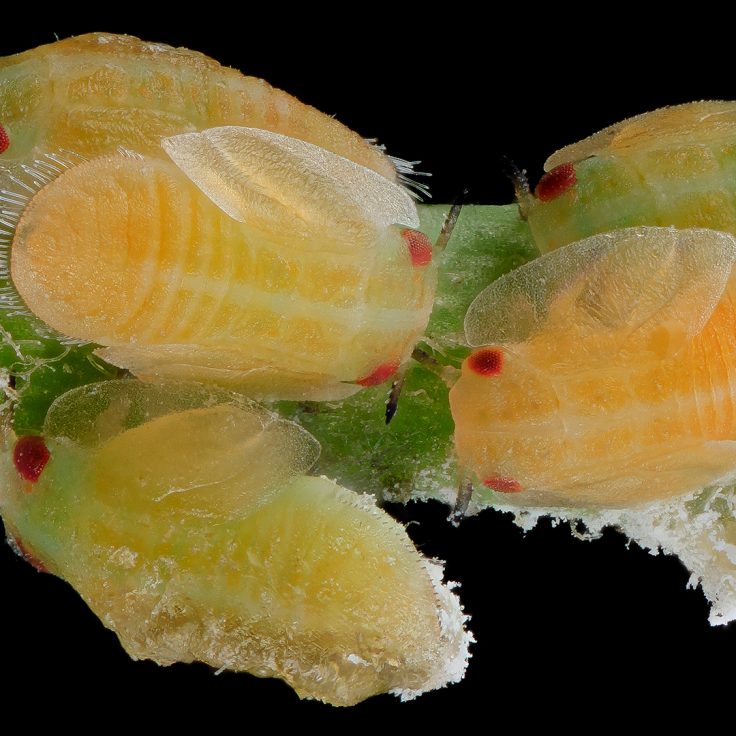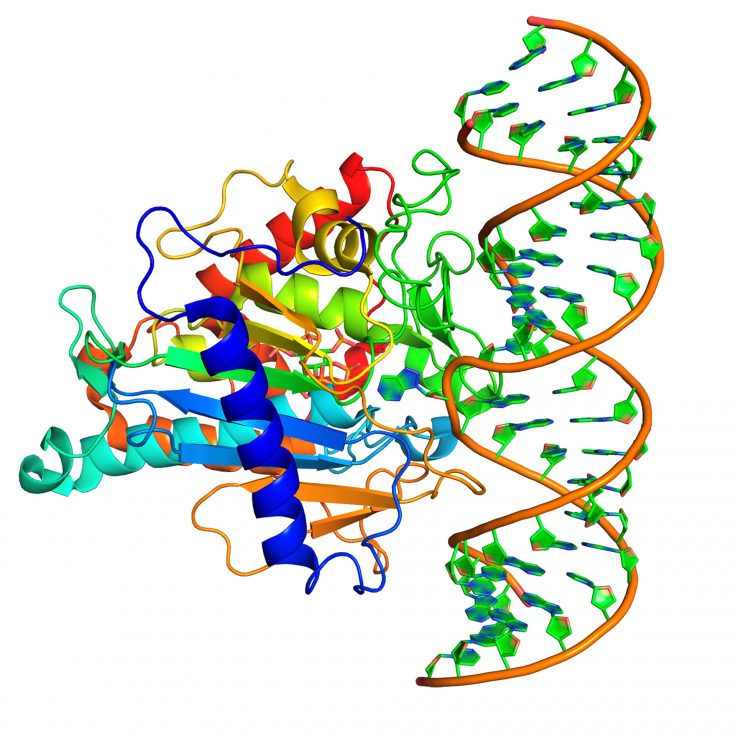
Maia Martcheva Patrick Kolts
Faculty Profile — Maia Martcheva
Mathematical Biologist
As the daughter of biologists, Professor Maia Martcheva grew up in an academic environment in Bulgaria. “I spent my childhood in labs, going to conferences, listening to talks,” she says. She also knew what she wanted to study by age 16. She remembers studying models for chemistry and physics and asked her teacher why there were no models for biology. “She said biology was too complex for mathematical models,” she says. “I knew then exactly what I wanted to do in my life.”
 Maia Martcheva is a pioneer in creating biological models based on mathematics. Patrick Kolts
Maia Martcheva is a pioneer in creating biological models based on mathematics. Patrick Kolts“I really enjoy the human element. There is something magical about being in the classroom.”
Martcheva calls herself a “mathematical biologist” and holds a primary position in the Department of Mathematics and is affiliated with the Department of Biology. She recalls that her father reacted to her desire to apply math to biological models with skepticism. She was in her sophomore year of college, just beginning to apply numerical methods to data. “He gave me data and a biological question and asked me to address it with my methods.” Much to his surprise, she was able to forecast accurately the life cycle of cells. She and her father eventually co-published a paper on the experiment to fit models to data in 1987, the year before she graduated from the University of Sofia in Bulgaria.
In 1989, the year after she received her master’s degree, the Berlin Wall fell. “Life became very difficult,” she says. “There was very little to eat. My advisor left for the States. Then my second advisor left for the States. I thought if I could come to the States, I could keep an advisor.” In 1998, she received her PhD from Purdue and has been teaching and researching at UF since 2003.
Martcheva studies the epidemic models of Rift Valley fever (which has not hit the United States), Zika, and other communicable diseases. She says that teaching is the “most relaxing component of a very busy job” and is impressed with the provocative questions posed by her students. In fact, a paper she just finished on Ebola was inspired and co-authored by Chindu Mohanakumar ’17 and Samuel Swanson ’18. She encouraged Swanson to write a paper of his own on HIV transmission, which was accepted by the SIAM Undergraduate Research Online journal (SIURO). She encourages her students to be open-minded, think for themselves, and discover their own research interests, which she has found to be a fruitful process both for the professor and the students. “I really enjoy the human element,” she says. “There is something magical about being in the classroom.”
To support the people, program, or research featured in this story, please visit


